Tapco HomeDry Dry Rot Treatment Reading
We are long term members of Trust Mark and a member of the BWA. CHAS accredited contractor. In addition, all of our surveyors are trained to the high standards of the PCA (Property Care Association).



Dry Rot Specialist In Reading
Do you suspect you have dry rot in your home in Reading? Protect your property from damage with the help of Tapco Homedry. We are your local experts in damp proofing and dry rot treatments in Reading.
Signs of dry rot in your home
As a homeowner, you should be aware of the telltale signs of dry rot so that you can act quickly if it affects your home. The early stages of fungus growth will be seen as a furry white growth. The fruiting spores produce a rusty brown or orange bloom that will enable the fungus to spread throughout your home.
If dry rot has already damaged wood in your home, this will be obvious from the darkened wood that has become brittle and weak. It will have cuboidal cracking in the structure that allows you to crumble the wood between your fingers. Even if you can’t see the fungus, there is a good chance you’ll be able to smell it. Dry rot has a damp or musty smell, but this can easily be confused with other damp problems.
What is dry rot?
Dry rot is the common name for a type of fungus commonly found on forest floors. It consumes damp wood and breaks down fallen trees to help clear the forest floor and make way for new growth. Unfortunately for homeowners, it can also damage the wood in your home.
Dry rot infestations start with a furry white growth that appears on damp wood. The fruiting spores produce a bloom that is rusty orange or brown and this helps the fungus to spread further. These spores can spread throughout your home searching for damp wood to consume.
Dry rot does require some moisture to be able to thrive, but the wood that it leaves behind will be very dried out, and this is where it gets its name from. So, if you have a damp problem in your home and you’re worried about the risk of dry rot, it’s always best to seek out a professional assessment.
We commonly see dry rot in older properties as they will have higher amounts of older wood that might have succumbed to dampness. However, properties of all ages can suffer from dry rot if the conditions are right. Dry rot can affect hardwood floors, doors, door frames and window frames.
How is dry rot treated?
There are multiple steps required to treat dry rot and prevent it from returning. The first is to apply a fungicide treatment to the wood to help stop the spread and kill the spores. We can then identify areas where wood has been damaged and then repair or replace this with pre-treated wood.
Another important stage is addressing the cause of the damp problem. By addressing this issue, you can reduce the chances that it will return in the future. As damp proofing experts, we can advise on the best steps to take to protect your Reading home from dry rot.
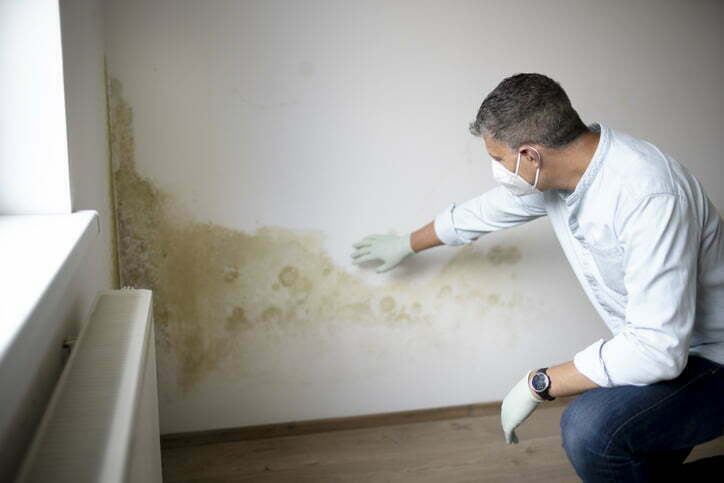
Dry rot experts in Reading
If you think you might have a dry rot problem in Reading, get in touch with our team today. We can advise you on the best steps to take to address dry rot in Reading and the surrounding regions. Call us today to arrange your damp survey and dry rot treatment.
The difference between wet rot and dry rot
Wet rot and dry rot are caused by two different types of fungus. They have very different requirements to be able to thrive, so this is usually the biggest clue as to whether you have dry rot or wet rot in your home.
Wet rot needs moisture levels around 50% in order to thrive, whereas dry rot only needs moisture levels around 20%. Both types of rot can cause extensive damage to your home, so it’s important to act quickly at the first signs of a problem. You don’t need to identify the problem yourself to be able to ask for help.


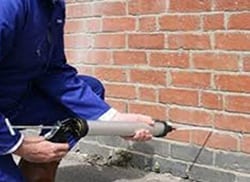 Damp Proofing
Damp Proofing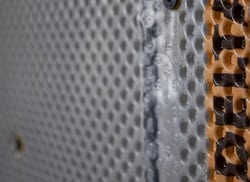 Basement Damp Proofing
Basement Damp Proofing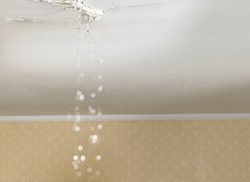 Water Damage
Water Damage Condensation Control
Condensation Control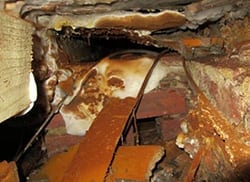 Dry Rot Treatment
Dry Rot Treatment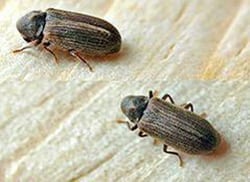 WOODWORM & WET ROT
WOODWORM & WET ROT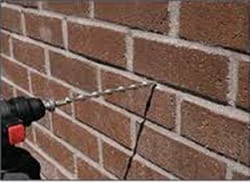 CAVITY Wall Ties
CAVITY Wall Ties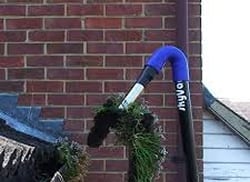 Property Maintenance
Property Maintenance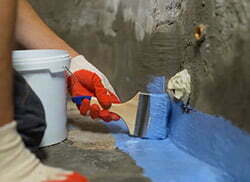 Waterproofing And Tanking
Waterproofing And Tanking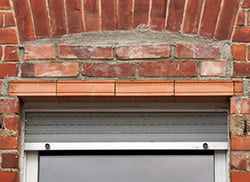 Structural Repairs
Structural Repairs
